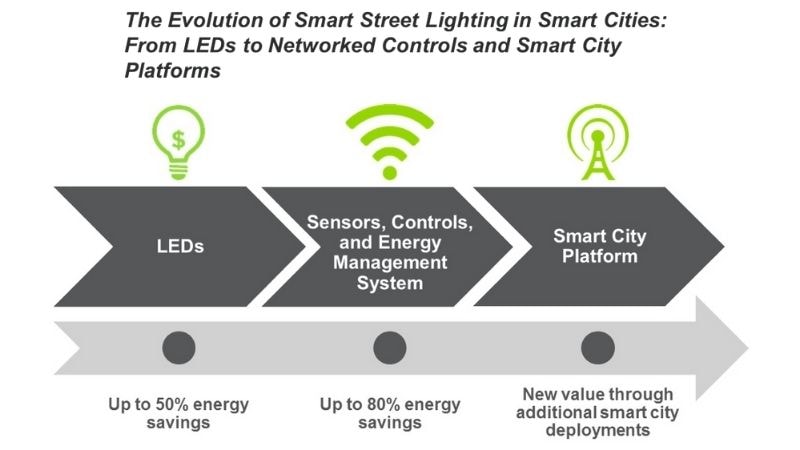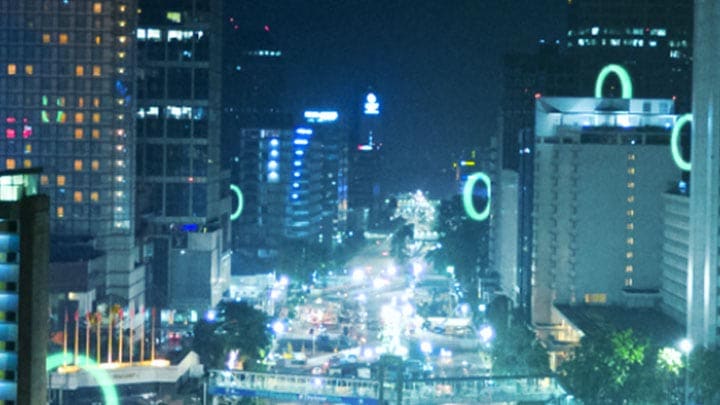February 8, 2021
A recent Signify webinar with NYPA and Guidehouse Insights discussed the trends for street lighting that will be smartening our cities in 2021 and beyond.
From Shanghai to Seattle, cities are booming. As the world’s population rises, half of us have made our homes in the world’s great metropolises. By 2050, that number will rise to two-thirds.
In a recent Signify webinar, three expert speakers highlighted the wins and trends that will shape our urban lives in the future: Eric Woods, Research Director at industry analyst firm Guidehouse Insights; Kevin Luteran, Smart Street Lighting NY Program Manager at NYPA, and Eng Yong Liang, Global Subsegment Director for Cities at Signify.






